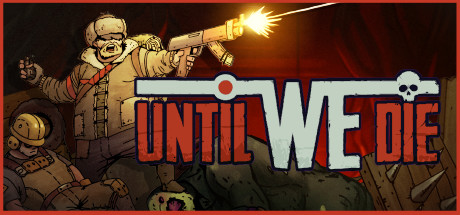A new entry in the side-scrolling survival-city builder genre bursts onto the scene with Until We Die and it makes a solid impact… if only you could save.
Type: Single-player
Genre: Strategy, Action
Developer: Pixeye Games
Publisher: Pixeye Games
Release date: 3 June, 2021


Overview
Though I’ve had years of experience with both the survival and city builder genres, Kingdom was an introduction to something new for me. A combination of city building, side-scrolling action, and wave-based survival turned out to be more than the sum of its parts yet it was particularly easy to dive right into. A couple of kingdoms later I succeeded at building a settlement that stood the test of time and found myself triumphant.
These days Kingdom has expanded into several newer versions with entirely new content to dig into but it also served as inspiration for other titles with similar gameplay loops that innovated further. Ratropolis stands out as one of the best by implementing card mechanics that added serious depth and replay value that resulted in me becoming completely addicted to it for a time. As with Kingdom, it offered a far greater challenge than you’d guess by its appearance. If you haven’t dabbled in either of those titles yet, I’d recommend it.
Until We Die brushes aside the medieval theme and the card mechanics to bring us something new. It focuses on a player character packing a firearm with some serious punch that’s capable of swaying any battle that they’re a part of. It’s also set in a post-apocalyptic world for those of you who would prefer a bleak modern setting.
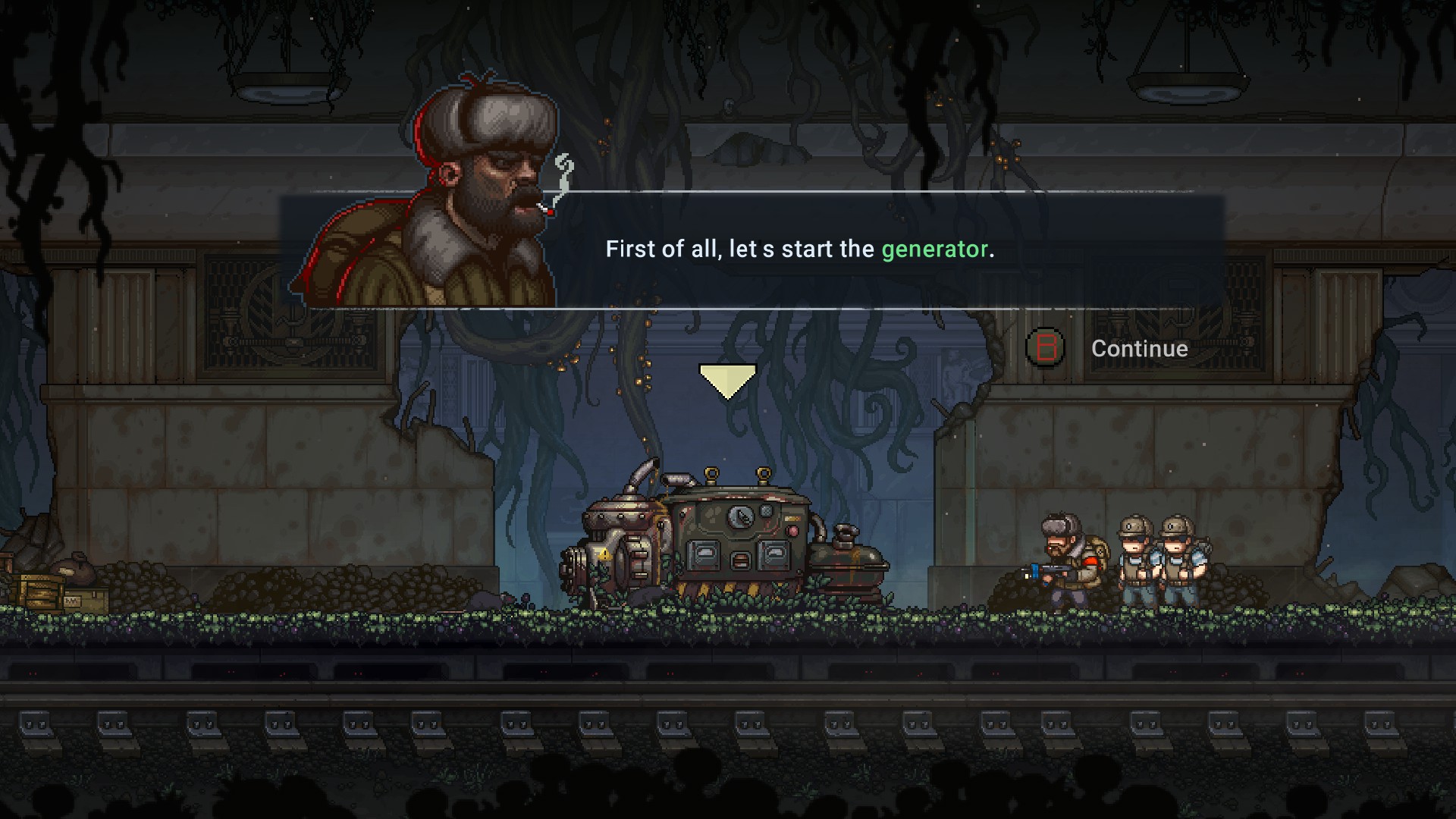
Scrap, Food, and Big Thinkin’
Until We Die puts you in direct control over one of two leaders. The first is an assault rifle-toting fella who can dish out some serious damage with explosive rounds at mid-range while the second gets up close and personal with a shotgun and recovers stamina by picking up food. Although the potential for dealing reliable damage is always tempting, stamina is what keeps you quickly moving across the landscape to wherever you’re needed without needing to stop for a lengthy rest. Since you are the most potent weapon in your arsenal, getting where you need to be is paramount to your success. It’d be nice to see more than the two leaders but even so, there’s enough to discover that I never felt that it hindered my enjoyment.
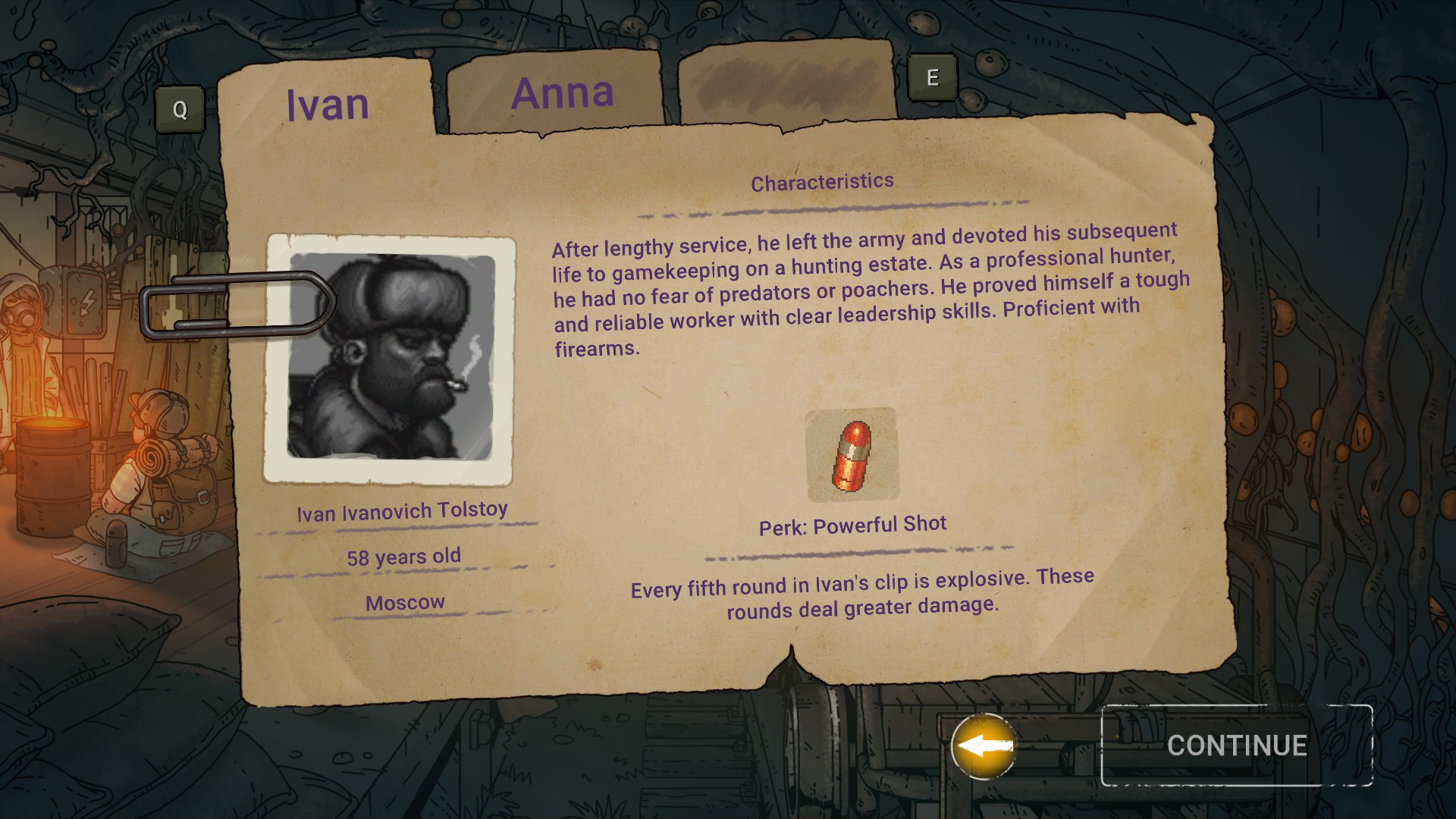
Scrap, food, and research are the resources that act as building blocks for the rest of your territory. Scrap is used for construction and repairs and includes everything from the walls that you people defend to the shops that offer equipment to your residents to specialize them into more talented professions. Food is primarily used for paying off the trolley operator who ships in new residents and scrap. Research is equally as important even if it’s not as in your face due to it unlocking perks that improve your capabilities overall, such as increasing the rate at which your scavengers collect resources or allowing your engineers to kick in doors to new rooms.
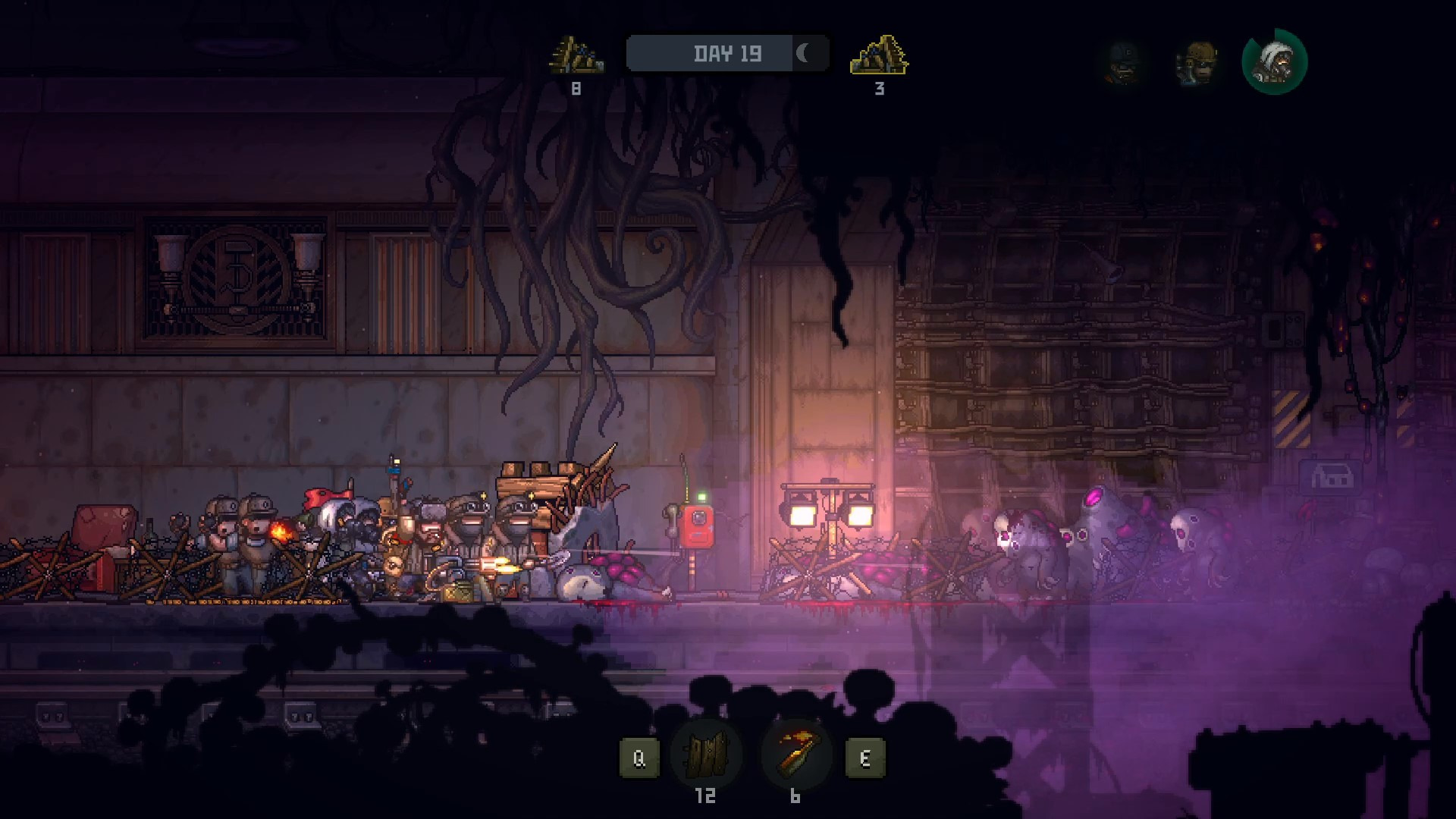
Survival of the Fittest
The variety of structures that you build offer plenty of advantages that you can leverage against the monsters of the world but no tool is more valuable to you than your survivors. Sure, you’re Mr. or Mrs. OP yourself but you won’t be able to overcome the hordes of enemies coming your way alone. As you expand, upgrade your generator, and construct new buildings, new professions will become available to you. Basic survivors will run your shops but they tend to be slower and less efficient at each individual task than those who have been equipped for them. For example, diggers collect resources significantly faster and engineers are incredible builders and researchers. If you’re not continually growing and optimizing your workforce, you’re as good as dead as the monster hordes grow more dangerous with each passing night.
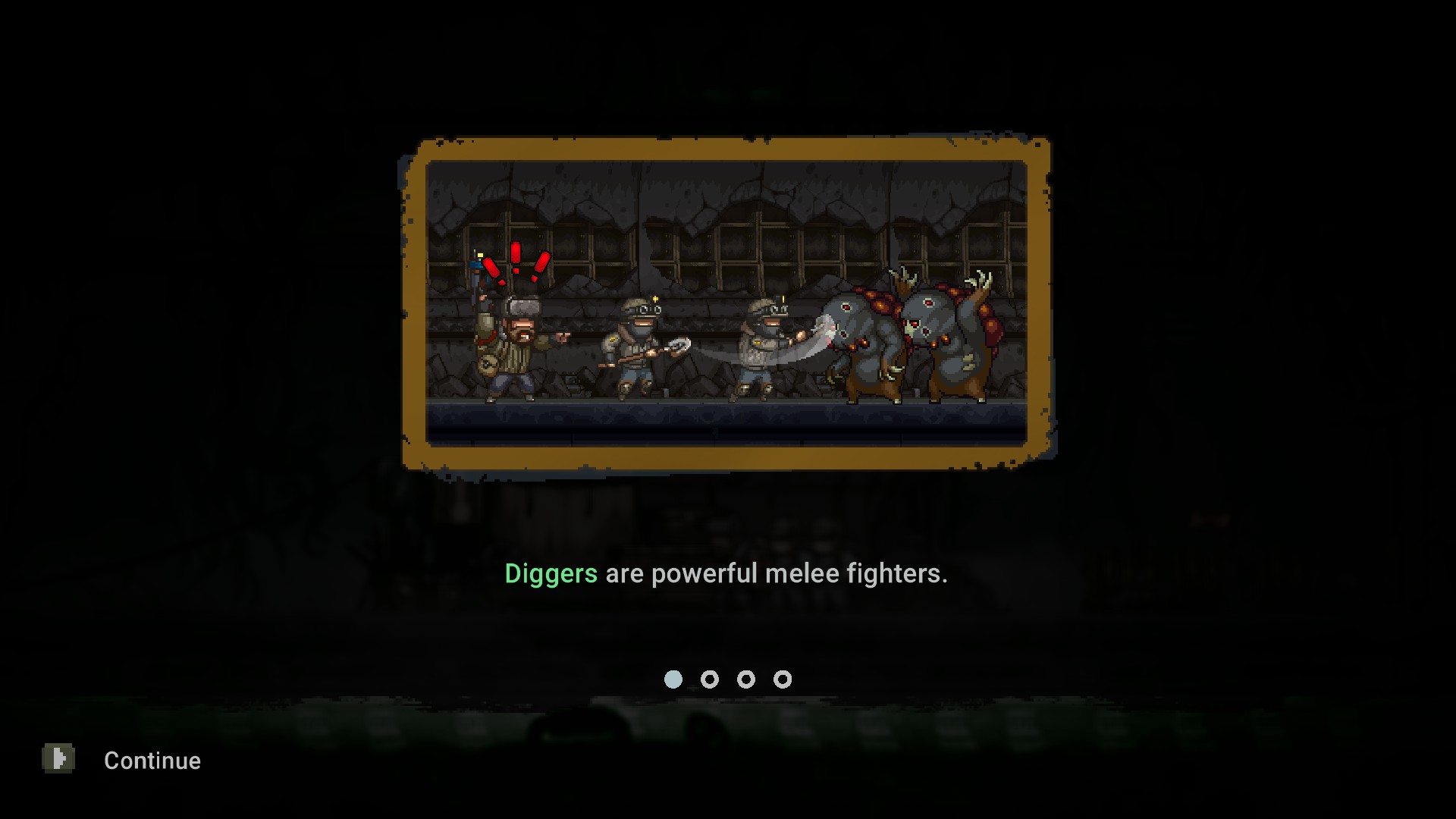
The gameplay loop here is predictable, but it’s also thrilling and challenging. Even when you’re succeeding you’ll have a close call or two that you’ll need to hurry along to to prevent disaster. The biggest flaw, and one that really surprised me, is that Until We Die doesn’t feature a save system. If maps were shorter, an overall campaign state save would be sufficient, but with any given successful scenario lasting well over an hour, we desperately need a way to save our progress. The good news is that Pixeye has said that it’s on the way.
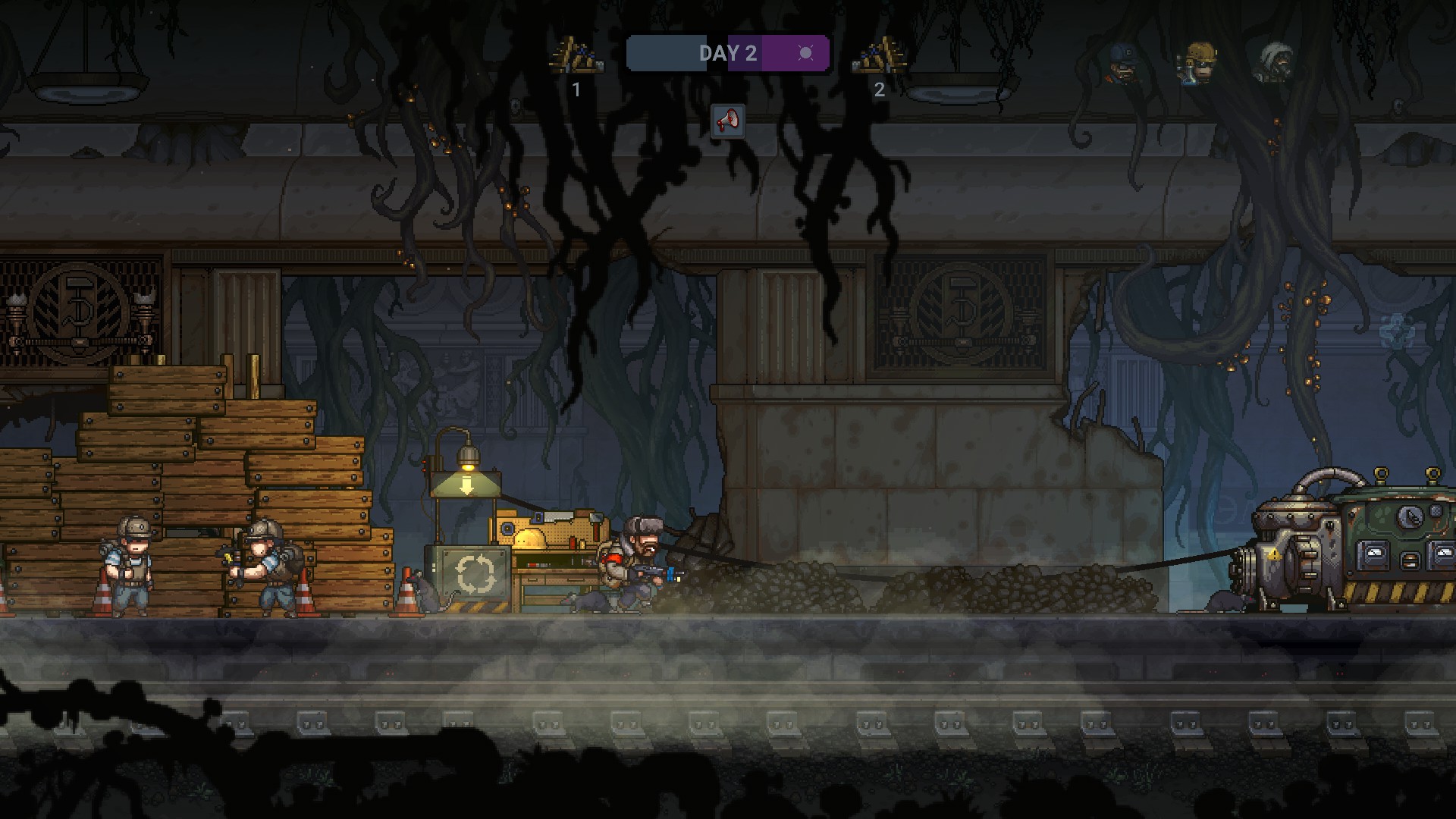
Verdict
Until We Die appears to be simple at first but there’s a healthy amount of complexity and plenty of challenge under the hood. It’s easy enough to get the hang of your character and what you can do, but it takes some time to master the development of your camp and to implement the structures you’ll integrate along the way. A lack of saves is the only complaint that I had during the hours I spent playing it as I lost my first game due to not having the time to finish it in one sitting. If the genre interests you, I have a hard time playing Devil’s Advocate and telling you not to pick this one up, so I’d go ahead and give it a whirl if it caught your eye.

